Leather vs Non-Leather Compendiums: Which Is Best for Your Brand?
Choosing the right compendium can feel like a...
Cheap Price Promise
3PL Warehousing and Distribution
100% warranty on all our work
Since 2006
Tech gadgets and office essentials are must-have promotional items. Discover how branded USB drives, notebooks, and tech accessories can enhance your marketing strategy. To shop the range,
Shop Promotional USBs here
Shop Custom mouse mats here
Shop Branded compendiums here
Shop Promotional Powerbanks here
To explore more articles by different authors, click on their names. For related topics, please browse through our blog categories.
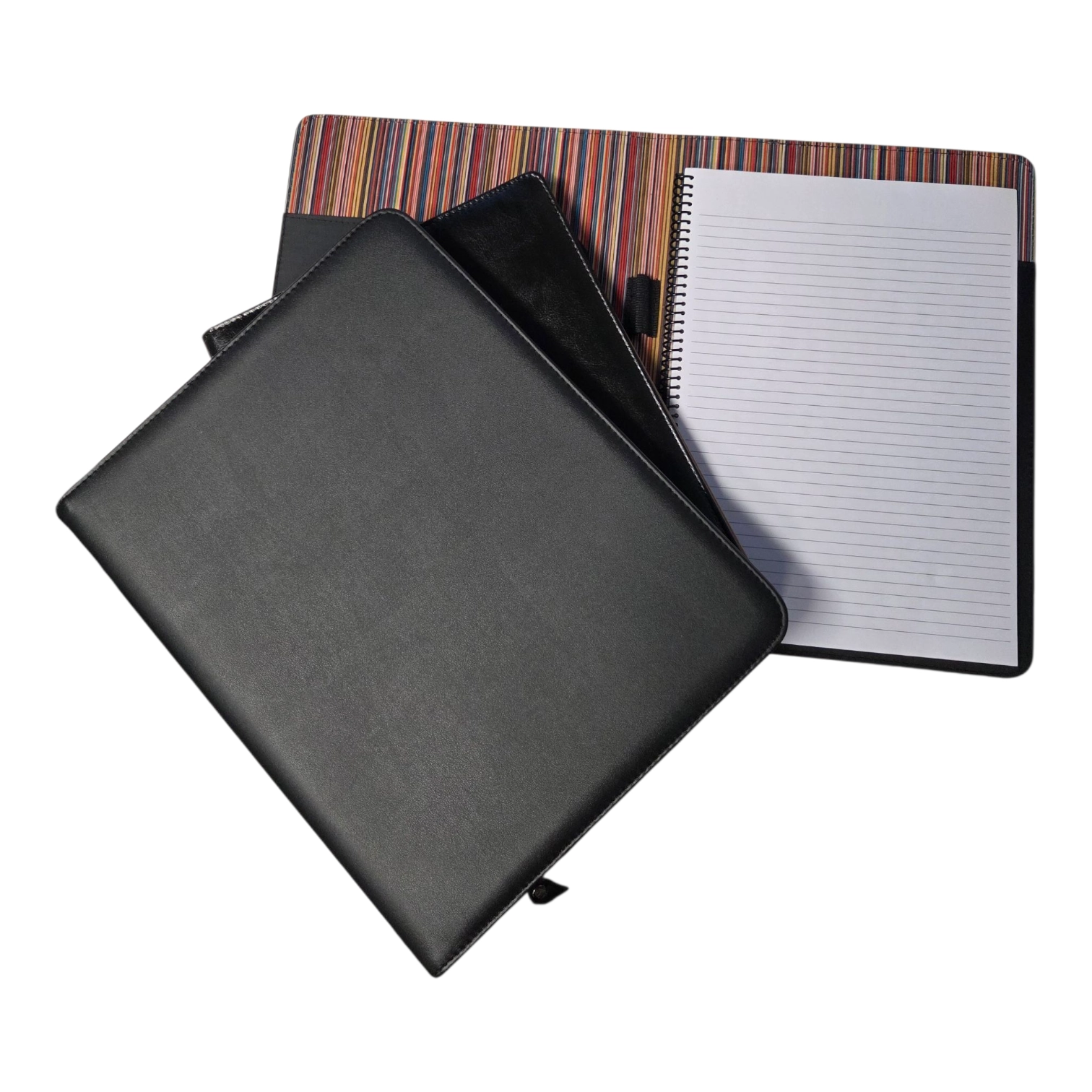
Choosing the right compendium can feel like a...
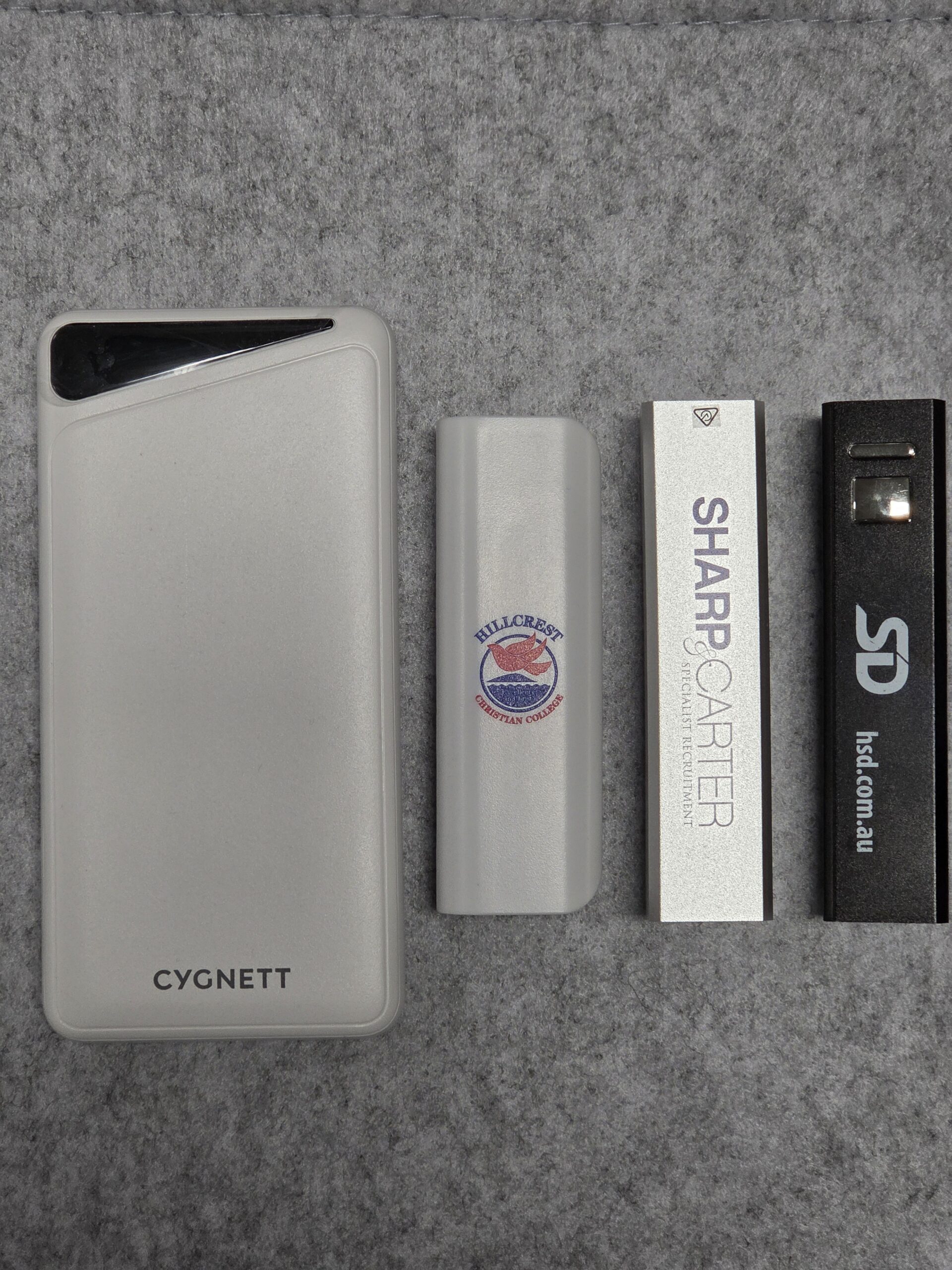
Power banks are one of the most popular...
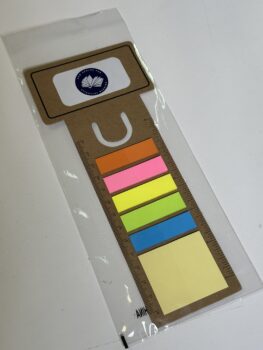
Staying visible isn’t just nice to have—it’s essential. While everyone’s busy chasing...
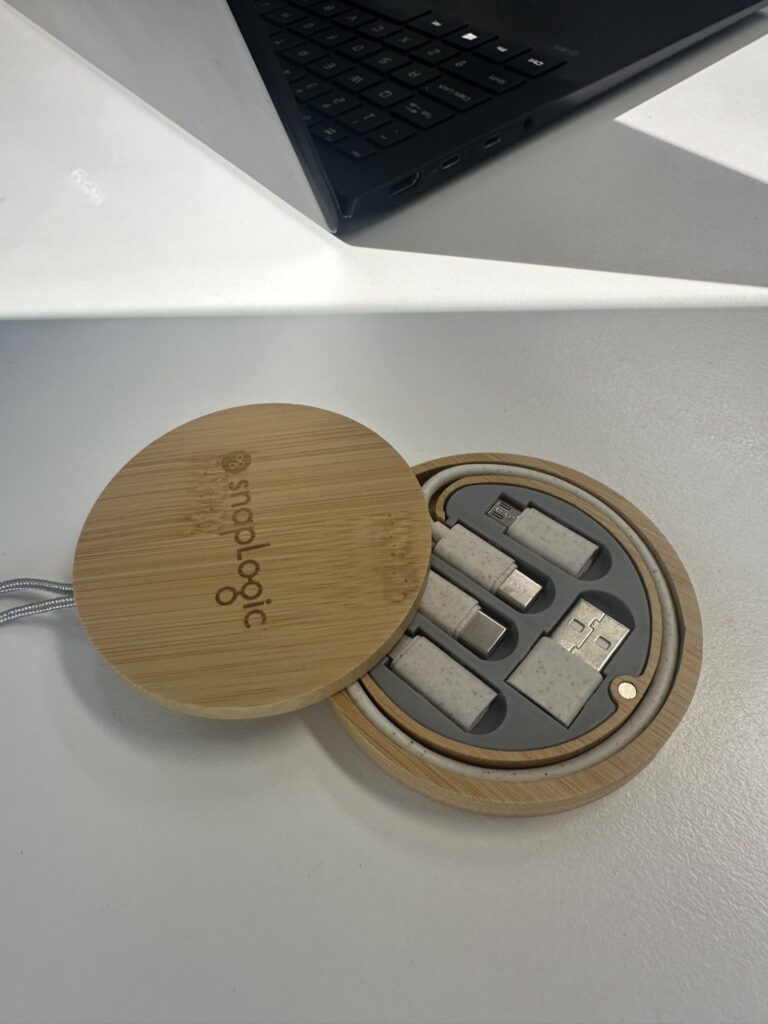
I have a confession to make. At every event I attend, I...

There’s nothing worse than people using their mobile phones when they’re meant...

Still working from home? Don’t worry, so are a lot of our...

You might be familiar with USB Type-C if you have a recent...

Oh no, it looks like everyone’s favourite electric Pokémon is in a...

Here at Cubic Promote we’re no strangers to premium luxury items. We’ve...

A cold war has erupted between two buildings on a New York...

Are you an office supply enthusiast with a penchant for promotional sticky...

One of my favourite USB-powered office gadgets is a mini fan, which...

These promotional items are not what they seem… Found at https://www.usbpromos.com/ Adorable...

Working in an office can be monotonous, especially when you’re staring at...
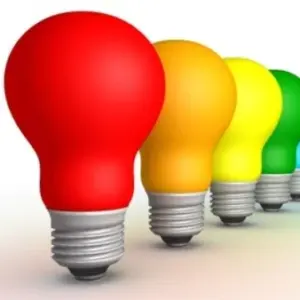
Everybody can use with a bit of creativity, no matter what line...